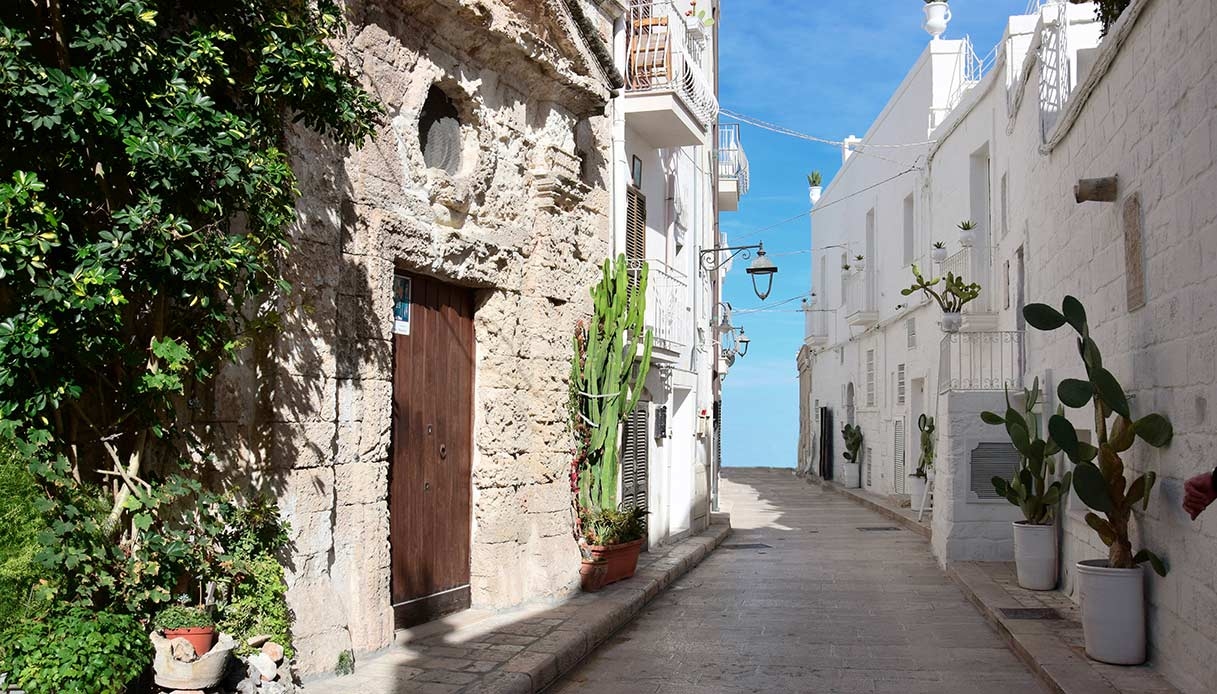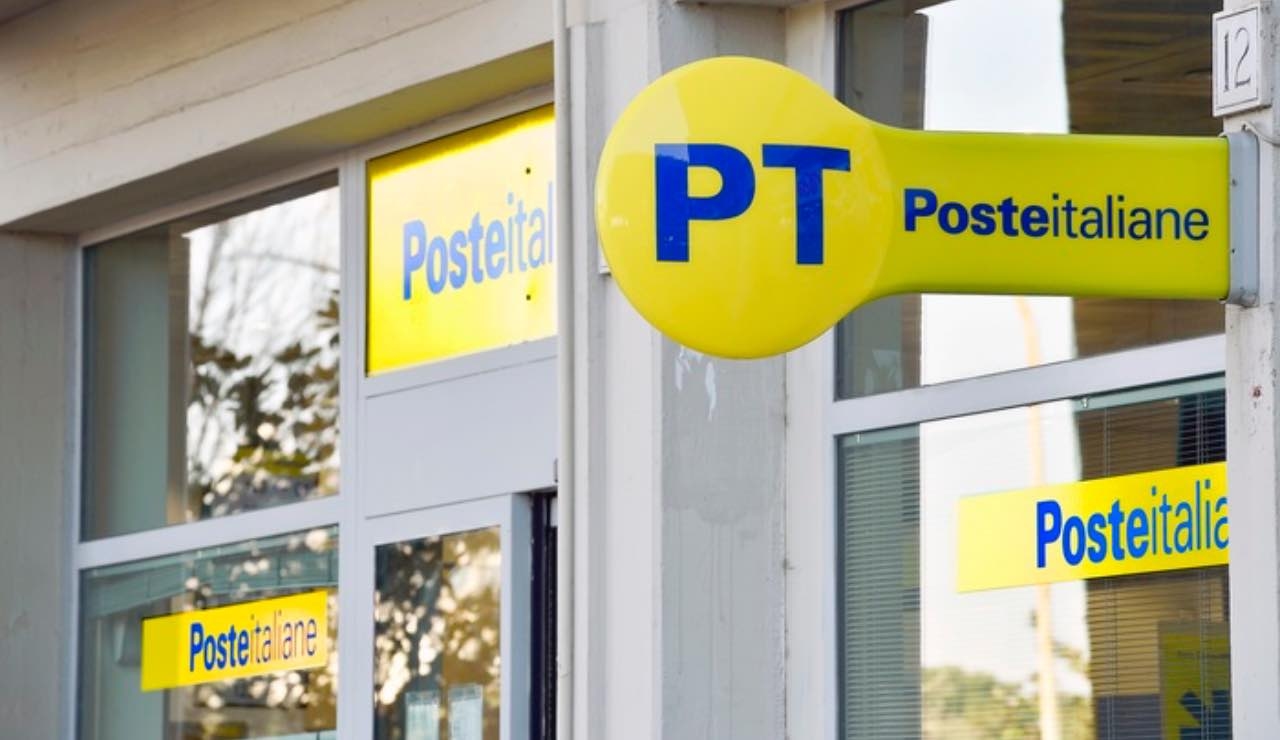With 235 million euros for tourism, Italy promotes villages and nature reserves

With the signing of the first seven agreements for the implementation of cohesion policies with ministries and central governments, a new phase in the management of the Fund for Development and Cohesion begins. Among the sectors that will receive new funding is tourism , for which €235 million will be allocated, including FSC funds and national co-financing.
The plan is part of the broader territorial cohesion reform that the Meloni government is pursuing, aiming to make the use of European and national funds more efficient.
Following the signing of 21 agreements with the Regions and Autonomous Provinces, which have freed up over 45 billion euros in resources , we now move on to the next phase: collaboration with the ministries, called upon to manage strategic projects in specific areas.
Where do the new tourism funds come from?One of the signed agreements, which involves the Ministry of Foreign Affairs and International Cooperation (MAECI), makes available 200 million euros from the Development and Cohesion Fund , to which are added 35 million in national co-financing , for a total of 235 million euros.
These resources will be dedicated to the implementation of interventions to enhance Italian tourist sites, historic villages and nature reserves , with particular attention to areas less frequented by large international tourist flows .
This is an investment designed not only to support the tourism sector, but also to stimulate the growth of inland and marginal areas , often penalised by a lack of infrastructure and services .
This money will be allocated following the logic of sustainable tourism and return tourism , aimed at attracting travellers to lesser-known areas of the country.
The interventions planned with the fundsThe resources made available by the government will be distributed through a series of initiatives involving local authorities, tourism operators, nature parks, and associations. The main areas of expected use include:
- the redevelopment of historic villages and smaller towns, with restoration projects, improvements to street furniture, and enhancements to reception services;
- the enhancement of natural sites and reserves, with sustainable use routes, lightweight infrastructures and experiential tourism projects;
- the digitalization and integrated promotion of tourism heritage, through online platforms, territorial storytelling, and augmented reality tools;
- training and support for local tourism businesses, to promote employment, innovation, and competitiveness of SMEs in the sector;
- International collaborations to promote return tourism through embassies and consular networks, creating synergies between cultural and tourism promotion.
This is a long- term vision that aims not only to improve infrastructure but also to strengthen the link between tourism, culture, and territorial cohesion, enhancing the identity of the territories and the participation of local communities.
The €235 million investment comes at an important time for the Italian tourism sector, which is facing new challenges following the post-pandemic recovery.
These include environmental sustainability , flow management , and the need for digital innovation . The government's stated goal is to transform tourism growth into balanced development , capable of generating widespread value and not just concentrated in a few areas.
The integrated approach of cohesion policies aims precisely at this: overcoming the fragmentation of interventions and ensuring a unified vision of tourism as a lever for territorial development, capable of creating jobs, infrastructure, and inclusion.
View this post on Instagram





